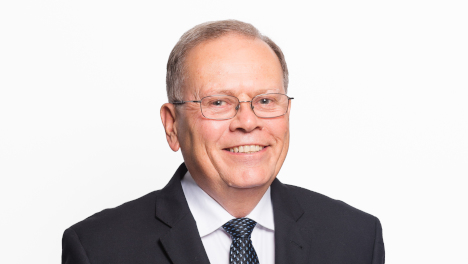ECPI changes causing CGT headaches
The changes to ECPI have added significant complexity to the calculation of capital gains tax and placed greater onus on SMSF professionals, says an SMSF admin firm.
In an online blog, SMSF Alliance principal David Busoli said that the new pension rules, combined with the ATO’s revised view on how exempt current pension income (ECPI) should be calculated, has increased the workload for administrators and advisers.
The new rules mean that some funds cannot segregate for ECPI purposes whilst others must segregate, he said.
“A further complication is the date at which a transition to retirement income stream becomes a retirement phase income stream. This will be the earliest of age 65 or when notified that the member has triggered a condition of release,” Mr Busoli said.
“Funds that cannot segregate for ECPI purposes are those containing a member that had a total super balance of at least $1.6 million at 30 June last year and a retirement phase pension in any fund at that time. If this is the case then, even if this member is not the SMSF pension member, the SMSF will require an actuarial certificate to determine its ECPI.”
Mr Busoli gave an example of two SMSF members, Nick and Debbie.
“Nick holds a $300,000 balance and Debbie a $1.3 million balance as at 1 July. Debbie does not hold super benefits in any other fund. Nick commenced a Commonwealth-defined benefit pension the previous 30 June which was valued at $1.3 million for both total super and transfer balance account purposes,” the principal explained.
“This, combined with his SMSF balance, takes his total super balance to $1.6 million at 30 June. He and Debbie decide to convert both their SMSF member balances to retirement phase pensions on 1 July. They remain in pension for the whole year. No contributions are made.”
Due to the fact that Nick had both a retirement phase pension and a total super balance of $1.6 million the previous 30 June, Mr Busoli said that any SMSF he’s in cannot use the segregated method and requires an actuarial certificate even though, in this case, the certificate would show 100 per cent ECPI.
“This expense item is, therefore, a victory of form over substance. The ATO has previously been prepared to disregard such impracticalities but has not, currently, shown any willingness to do so in this case,” he said.
Some funds are deemed to be segregated if they are 100 per cent in retirement phase for any part period, he added.
“Not only will an actuarial certificate not be required for these periods, but trustees can no longer elect to use them either,” he explained.
“They will, however, require an actuarial certificate if there are any periods when the fund holds a mix of retirement phase pensions and accumulation accounts — but only for those periods. It is the task of the administrator, not the actuary, to determine when these are.”
These changes have also made the calculation of capital gains tax complicated, Mr Busoli said.
“Let’s say a fund has a $1 million property with a $200,000 unrealised capital gain. In the first half of the year, it’s 100 per cent supporting accumulation interests. In the second half of the year, it’s 100 per cent supporting retirement phase interests,” he explained.
“If the property is sold in the first half, there will be a taxable capital gain. If it’s sold in the second half, there will be no taxable capital gain.”
Under the previous practice, the trustees could elect to obtain an actuarial certificate for the year which would show 50 per cent ECPI, making half of the gain exempt.
“This would be their choice if the property was sold in the first half, but not if it was sold in the second. This choice no longer exists. The application of capital gains tax will now depend on when the property was sold, but it’s not that simple either,” he explained.
“If the fund can’t use the segregated method, due to the presence of disregarded small fund assets, the fund must use the actuarial certificate method and the 50 per cent scenario would apply irrespective of when the asset was sold. This would be an advantage if the property was sold in the first half of the year but not the second.”
If the fund did not contain disregarded small fund assets and the first sale scenario is unavoidable, then it would be useful for a small accumulation account balance to exist for the whole year, he explained.
“This would necessitate an actuarial certificate which would restore the 50 per cent exempt position,” he said.
“These considerations place more onus on advisers and accountants and administrators.”

Miranda Brownlee
Miranda Brownlee is the deputy editor of SMSF Adviser, which is the leading source of news, strategy and educational content for professionals working in the SMSF sector.
Since joining the team in 2014, Miranda has been responsible for breaking some of the biggest superannuation stories in Australia, and has reported extensively on technical strategy and legislative updates.
Miranda also has broad business and financial services reporting experience, having written for titles including Investor Daily, ifa and Accountants Daily.


